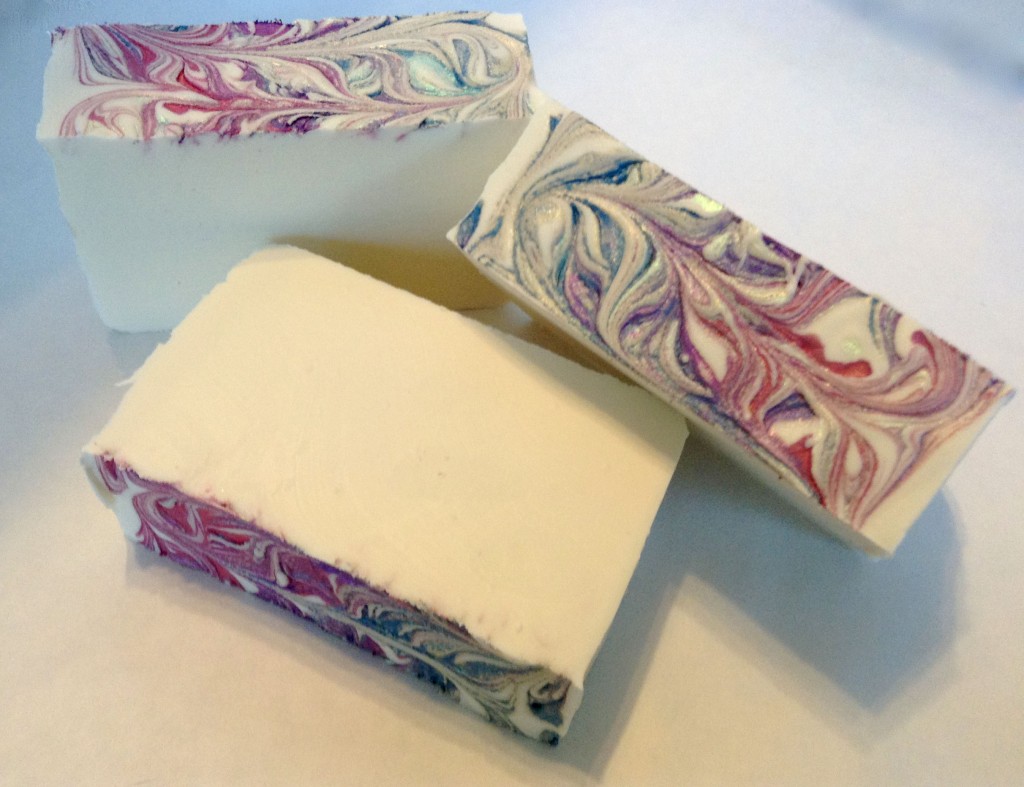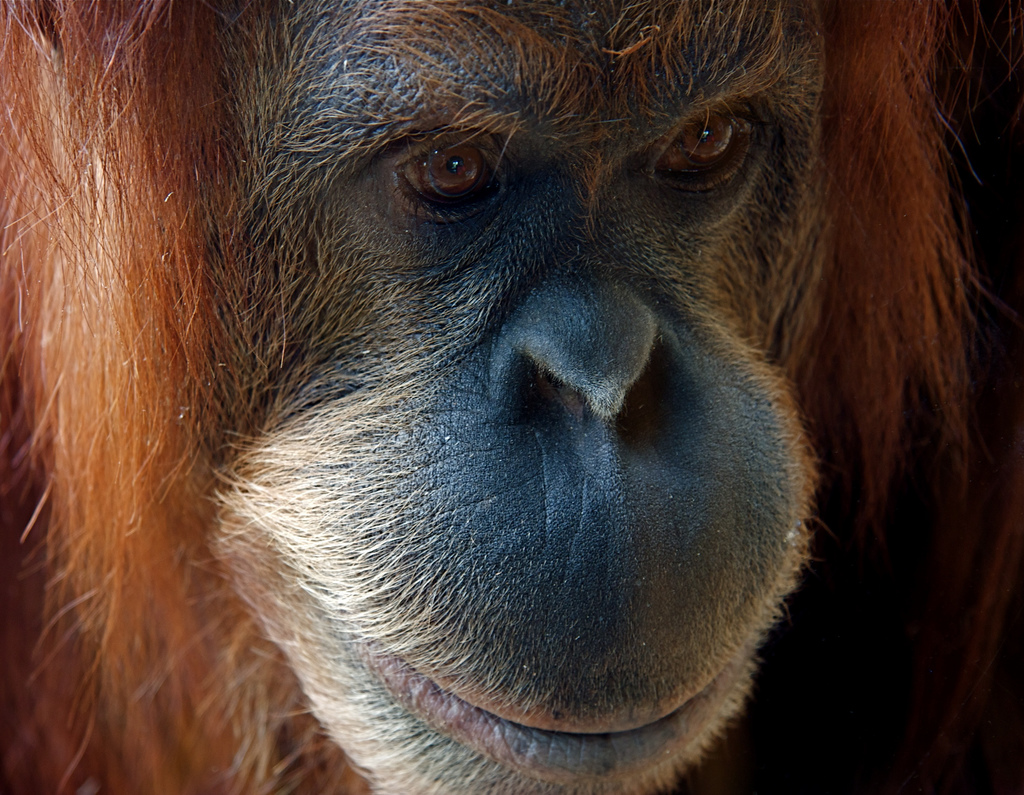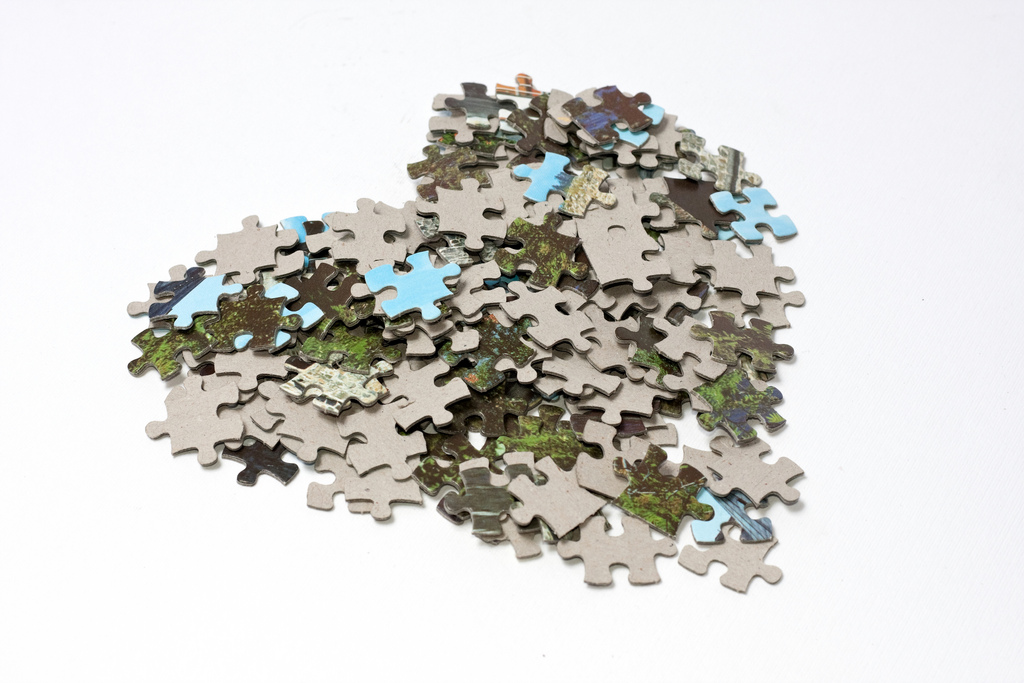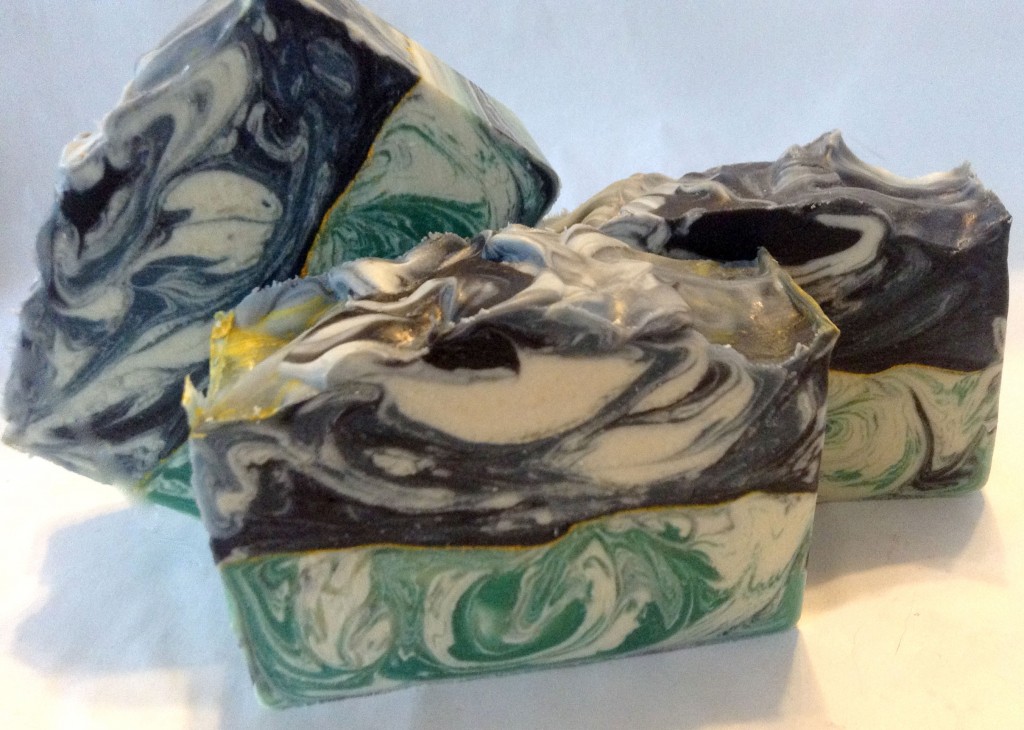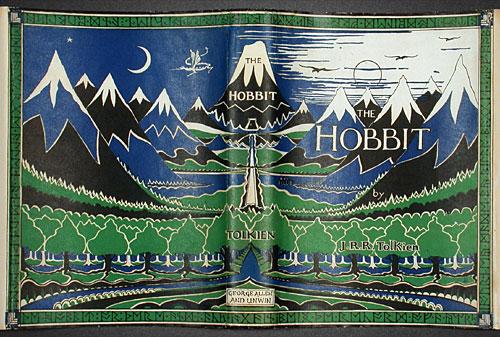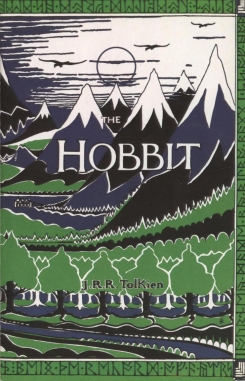The challenge for week three of Great Cakes Soapworks‘ 2013 Soap Challenge was to create a soap with a mica swirl. Just as with the elemental swirl, I had never done this type of swirl before, mainly because I hadn’t tried micas. I had sold a few bars of my Angel soap, so I decided to remake it with a mica swirl instead of pink soap on the top.
Wow, what a difference it made in the look of this soap! You can’t really see the detail properly, even in this photograph. The swirls have a beautiful iridescent sheen. I love it! Here is what my first batch of Angel soap looks like, for comparison:
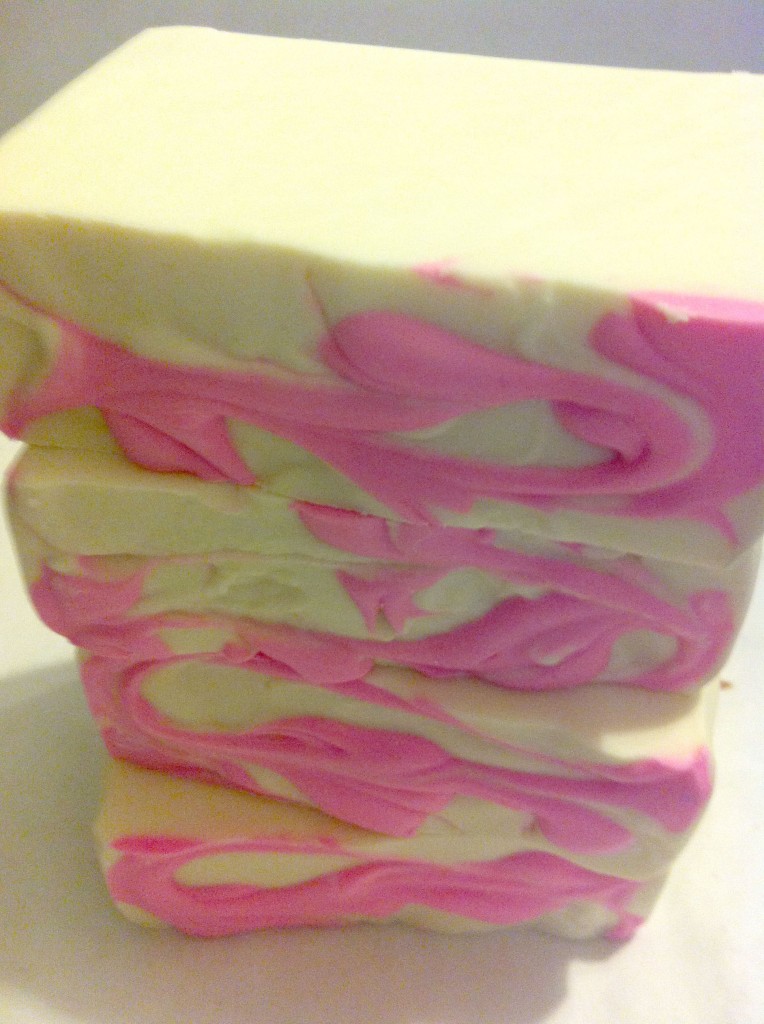 I think the mica swirl is here to stay on this soap! I do not know when or if I would have attempted a mica swirl if not for this challenge, so I have this challenge to thank for both my Hobbit’s Garden soap, which I just LOOOOOVE, and now a change for better in my Angel soap.
I think the mica swirl is here to stay on this soap! I do not know when or if I would have attempted a mica swirl if not for this challenge, so I have this challenge to thank for both my Hobbit’s Garden soap, which I just LOOOOOVE, and now a change for better in my Angel soap.

